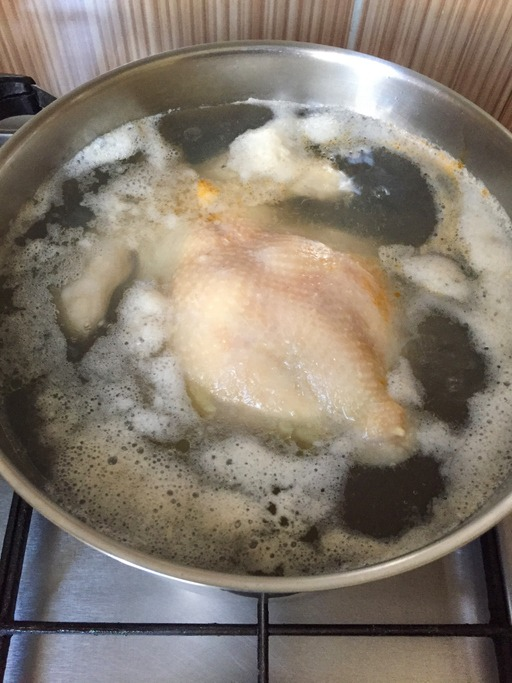ADVERTISEMENT
Boiling chicken is a common cooking technique, but encountering foam during the process can be frustrating. In this article, we’ll explore the causes of foam when boiling chicken and provide practical tips to prevent and manage it, ensuring your cooking experience is smooth and successful.
Boiling chicken is a fundamental cooking method used in various recipes, from soups and stews to salads and sandwiches. However, when foam appears on the surface of the water, it can affect the quality and appearance of the dish. Understanding why foam forms and how to deal with it is essential for achieving optimal results in your culinary endeavors.
What Causes the Foam to Form?
The foam that forms when boiling chicken, known as scum, consists of coagulated chicken proteins derived from residual meat on the bones. The foam forms when proteins, fats, and other substances are released from the chicken during the boiling process. These proteins undergo a transformation from a liquid to a solid state during cooking, irreversibly forming a firm substance.
As cooking progresses, these proteins intertwine and bond, creating a network that traps air and causes the foam to rise to the surface of the pot. Similar foam may also appear when cooking high-protein vegetables or legumes, such as lentils or chickpeas. While the foam is harmless, it can affect the appearance, texture, and taste of stocks if not removed, as it may disperse impurities and cause cloudiness.
For Complete Cooking STEPS Please Head On Over To Next Page Or Open button (>) and don’t forget to SHARE with your Facebook friends
ADVERTISEMENT
ADVERTISEMENT
